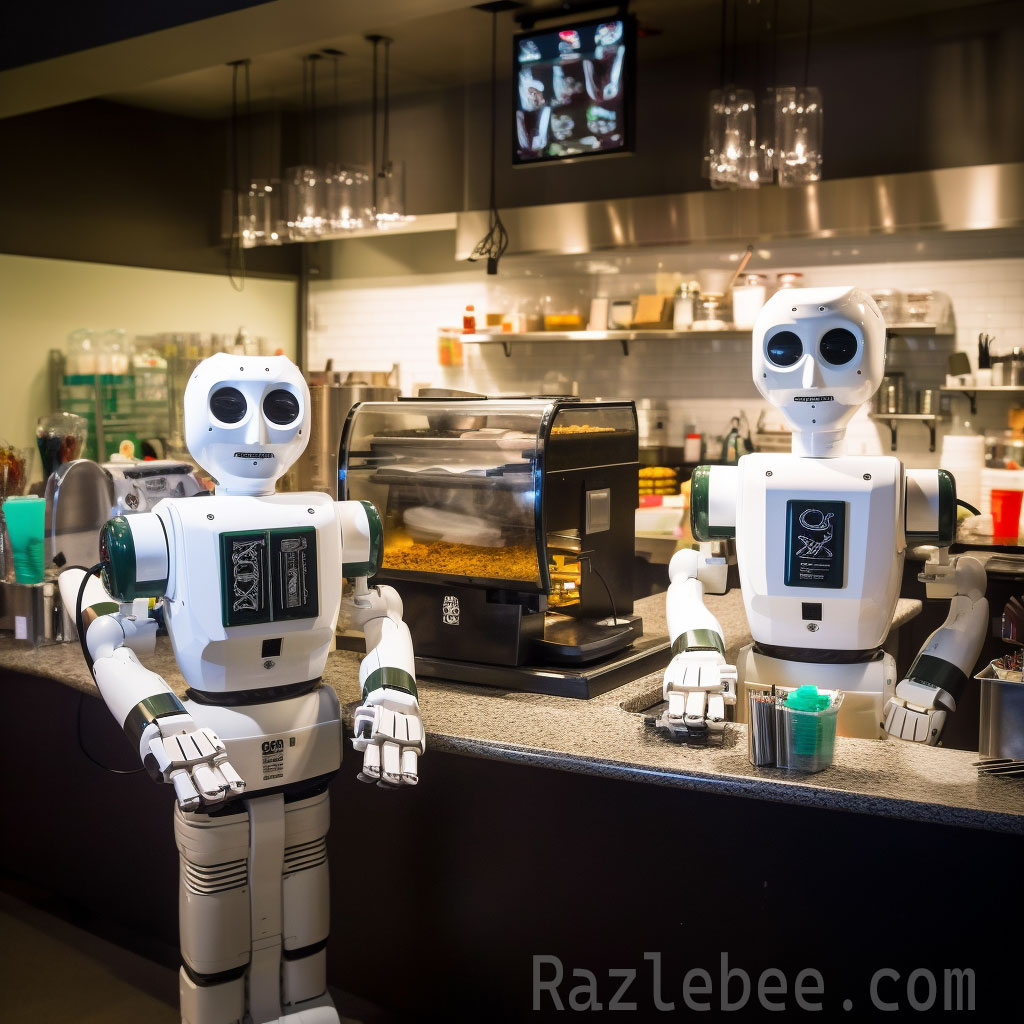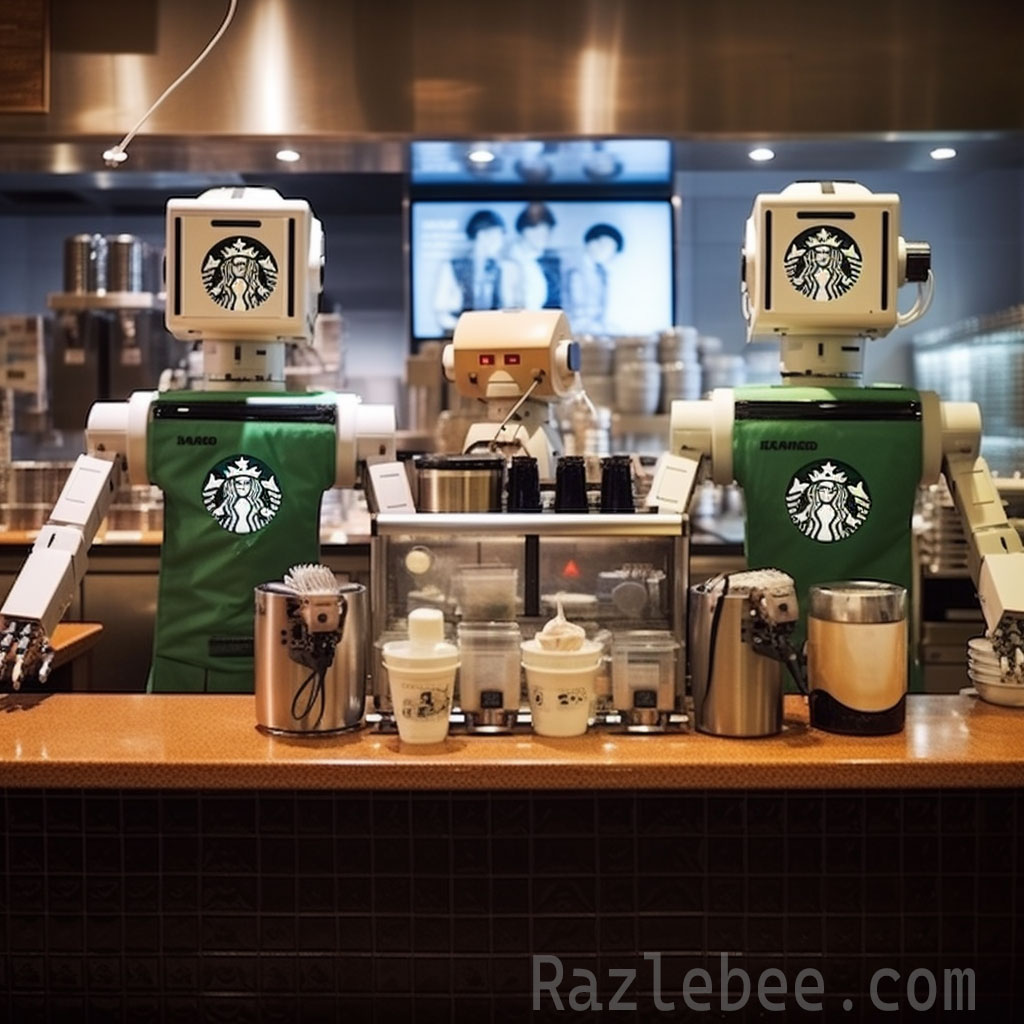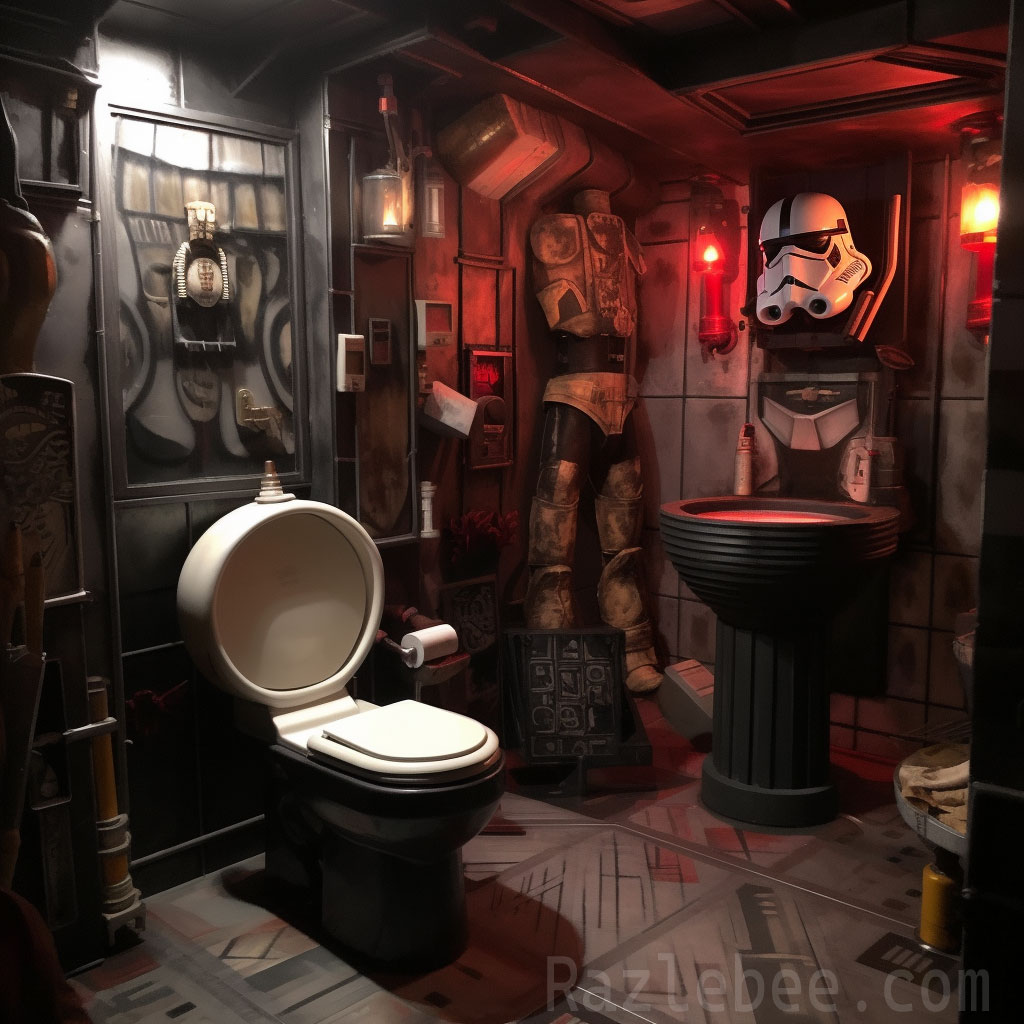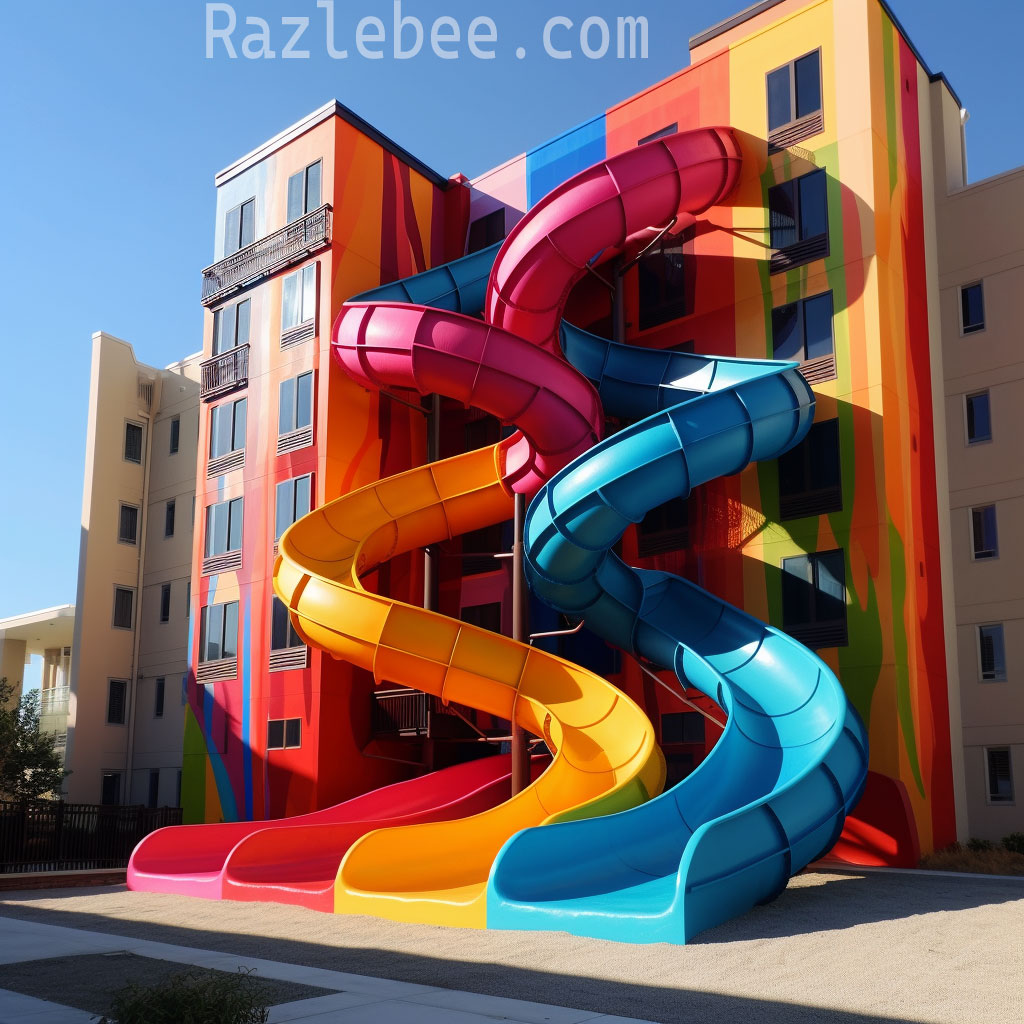The Rise of Robot Baristas: Will Starbucks Embrace Automation to Cut Costs?

As technology continues to advance at a rapid pace, automation is reshaping various industries, leading to discussions about the future of human employment. One sector that has drawn particular attention is the food and beverage industry, where rising labor costs and inflation pose significant challenges to businesses. Starbucks, the global coffee giant, has been at the forefront of innovation in the industry, constantly exploring ways to enhance customer experience and improve efficiency. With the prospect of robot baristas, we delve into whether Starbucks might turn to automation to address cost-saving concerns and examine the potential impact on its coffee shops.
The Cost-Saving Conundrum: In recent years, labor costs have soared, making it increasingly difficult for businesses to maintain profitability. Coupled with inflation, the challenge of rising expenses has forced many companies to reevaluate their operations. As a labor-intensive industry, coffee shops are particularly affected, prompting speculation about the potential introduction of robot baristas. By replacing human workers with automated systems, companies like Starbucks could potentially save on wages, benefits, and training costs.

The Rise of Robot Baristas: Images of sleek and futuristic robotic baristas circulating on the internet have sparked curiosity and debate. While these images may depict an intriguing future, it is essential to examine the feasibility and implications of integrating such technology into a renowned coffee chain like Starbucks. Currently, Starbucks emphasizes the human touch and personalized customer experience provided by its baristas, which has been a cornerstone of its success. However, this does not negate the possibility of exploring automation in certain areas to optimize operations and improve efficiency.
Automation’s Potential Benefits: Adopting robot baristas could offer several advantages to Starbucks and other coffee chains. Firstly, automation could streamline order processing, leading to faster service and reduced wait times, particularly during peak hours. Secondly, consistent drink quality could be ensured through precise measurements and accurate recipe execution, eliminating the variability that can arise with human baristas. Lastly, automated systems would be unaffected by factors such as fatigue or human error, potentially resulting in fewer mistakes and improved customer satisfaction.

The Human Element and Customer Experience: While automation can offer efficiency and cost-saving benefits, the human element remains integral to the Starbucks experience. Starbucks has built its brand on fostering a sense of community and providing personalized service. Interactions between baristas and customers often extend beyond the coffee-making process, creating a welcoming atmosphere. Integrating robot baristas would require careful consideration to strike a balance between automation and preserving the unique customer experience Starbucks is known for.

Addressing Employment Concerns: The implementation of robot baristas inevitably raises concerns about job displacement. Critics argue that widespread automation could lead to significant unemployment and social repercussions. However, it is important to recognize that automation often creates new opportunities and job roles. While certain routine tasks may be automated, the need for human workers to oversee operations, maintain the machines, and provide personalized service will persist. Starbucks could potentially reallocate its workforce to focus on customer engagement and other value-added tasks.

As Starbucks continues to navigate the challenges posed by rising labor costs and inflation, the concept of robot baristas becomes increasingly relevant. While images of futuristic coffee shops staffed entirely by machines may capture our imagination, the reality is likely to be more nuanced. Starbucks and other industry leaders are more likely to adopt automation selectively, integrating robotic systems in specific areas while preserving the unique human touch that defines the coffee shop experience. The future of Starbucks coffee shops may involve a careful balance between automation and the preservation of personalized customer service, ensuring that technology enhances, rather than replaces, the role of baristas in delivering an exceptional coffee experience.


